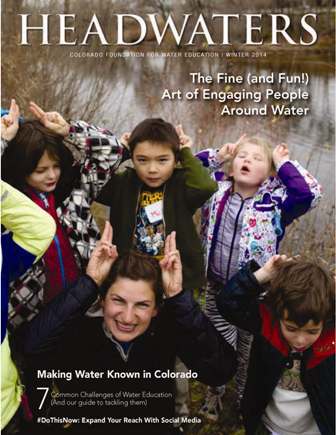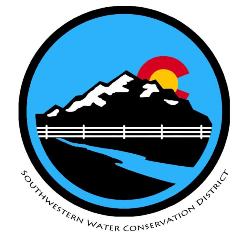By Caitlin Coleman
The Keep It Clean Partnership, a group of Front Range communities dedicated to reducing stormwater pollution, sees 1,200 kids at water festivals each year and tracks program participants’ pledges to pick up pet waste or organize creek cleanups. Still, the number of stream teams or children present at a water festival doesn’t, in itself, demonstrate behavior change. Like most water educators, Keep it Clean struggles with meaningfully measuring success.
“I feel like we’re still, as an industry, looking for ways to better quantify,” says Keep it Clean’s Russ Sands. “We have a tendency to put out numbers. You can say every kid that you talk to is going to wholly retain your message, or is not going to pollute, or whatever you want to put at the end of the sentence—but there’s no standard way for how you calculate these things.”
Sands has met with educators from water utilities and municipalities along the Front Range to discuss evaluation and says even big programs struggle to measure the value of specific educational programs, the level of impact, or actual behavioral change.
Statistics can be helpful, and Keep it Clean tracks the number of participants in its programs, measures the amount of trash the kids pick up, uses surveys to evaluate knowledge and attitude change, and sends participants home with pledge cards. The pledges are the most meaningful, Sands says. Children bring the cards home, share them with their families, and mail them back with expressed commitments to do things like wash the car only at a commercial car wash, properly dispose of used motor oil, or check for leaky plumbing.
Measuring longer-term behavioral change isn’t easy, however. And Donny Roush with Earth Force, a national nonprofit that engages young people to improve their communities, believes organizations should spend more time learning from data than they should gathering it. Tracking down former students to find out how well programming has stuck with them, information Roush would like to have, might be too time consuming to justify, he says.
Still, there are ways to begin assessing true impact. Roush uses pre- and post-program surveys that include statements students select to say whether they know how to create change, know enough to involve a friend or family, or know where to find information on environmental issues that impact their community. For each program, Roush aims to have at least 200 matched pre- and postprogram surveys to determine impact. Through the surveys, Earth Force can see its programs are working. “When we can say, ‘Seventy-five percent of students feel like they can make positive change in their communities,’ that’s a pretty powerful statement,”
says Roush.









